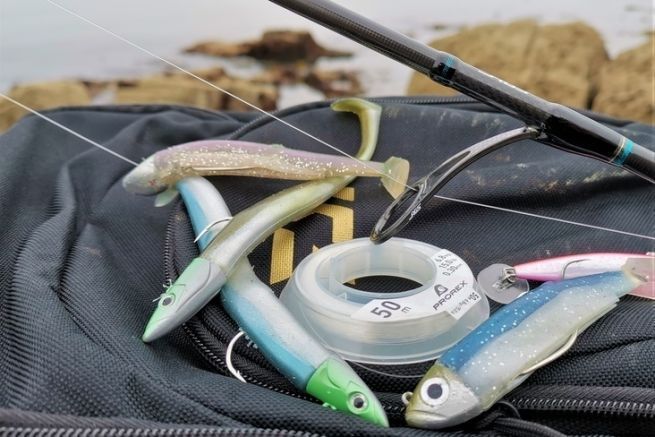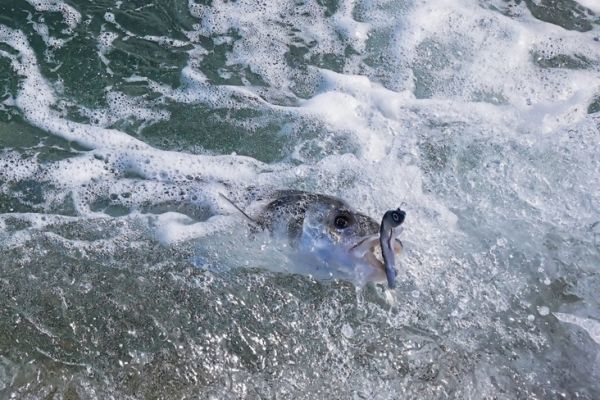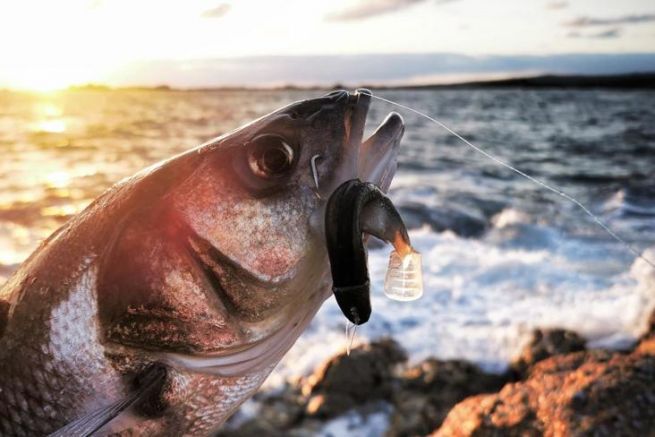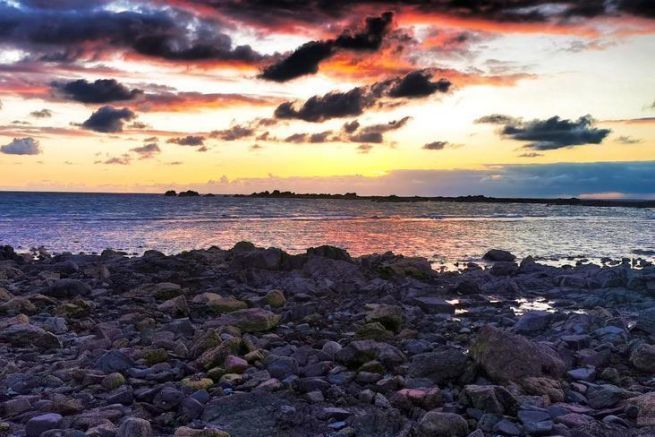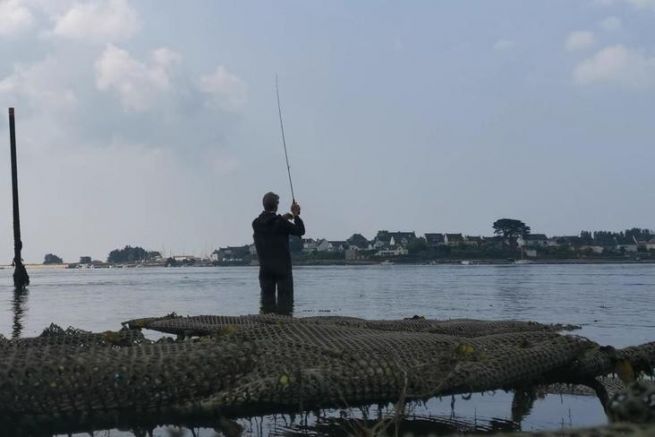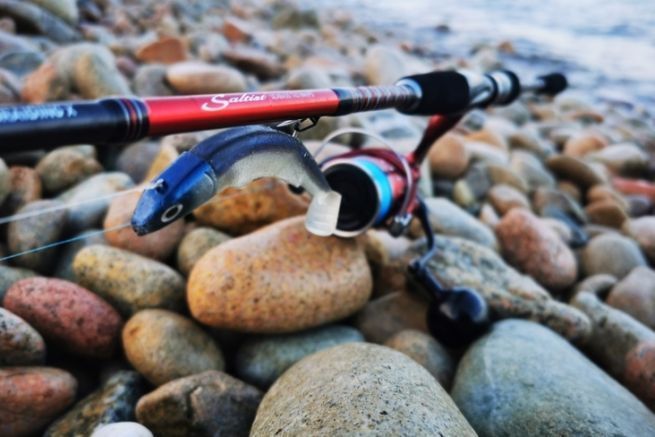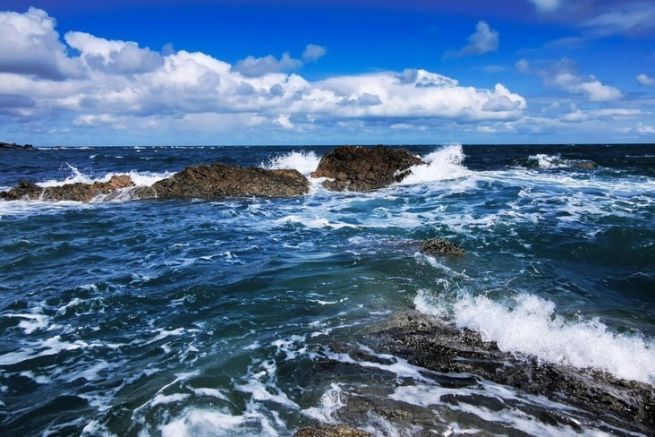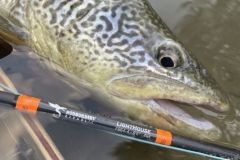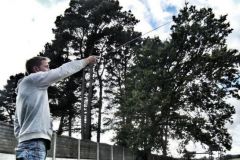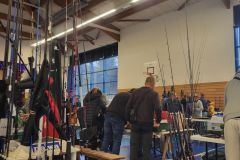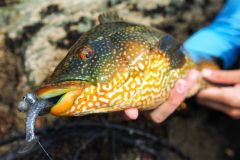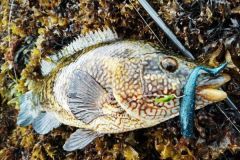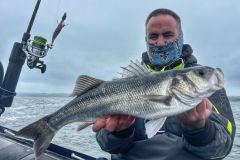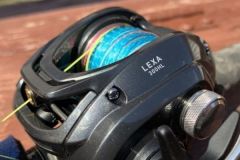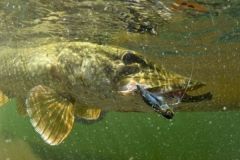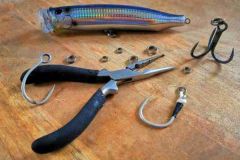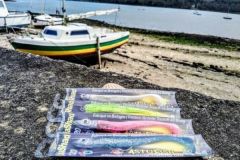Sea fishing from the shore is undoubtedly the most practiced because of its logistically less cumbersome and less expensive than boat fishing.
For its practice, a rather reduced material is necessary, the initial investment remains reasonable. You are free to invest a little more as your learning progresses.
Lure fishing from the sea shore allows to catch a multitude of species but one above all is the dream of many fishermen. It is of course the sea bass, called loubine or wolf depending on its fishing area. Some fishermen swear by it to such an extent that they have become true specialists in the search for this fish.
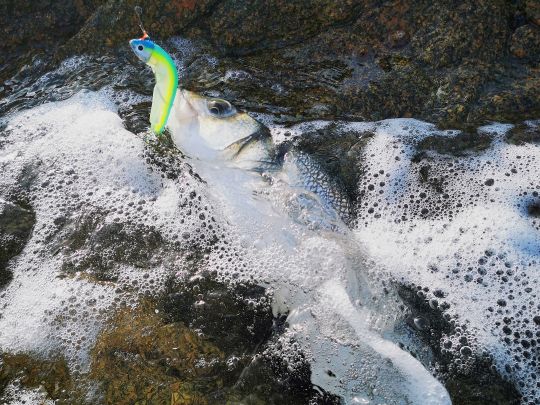
The cane, the main tool
Yes, no fishing without a fishing rod!
When you fish from the shore, the main constraint is to succeed in casting your lure as far as possible in order to cover as much ground as possible. To do this, your rod must be long enough. A length of 2,10m is the strict minimum with a preference for a rod of a length close to 2,30m.
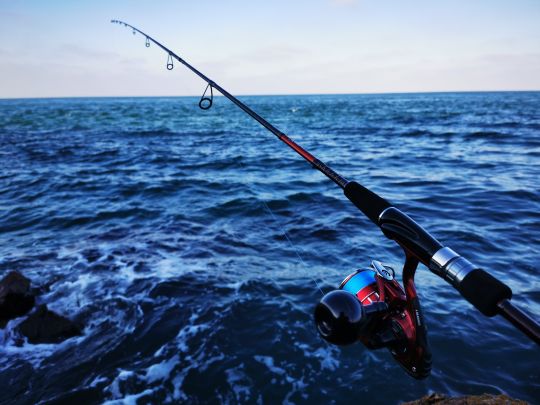
Obviously, the longer your rod, the longer your casting distance. The limit of this one remains the ease of animation of the lure which can be made difficult with a too long rod.
You must also take into account the casting power of your rod. Generally, from the shore, the lures/heads used have a weight between 10 and 30 grams.
The 7/35 grams or 15/40 grams rods are perfectly suited to this type of fishing. Having 2 rods will allow you to use both small and very light lures on the first and on the second, to associate a heavier lure/head to be able to adapt to most fishing situations.
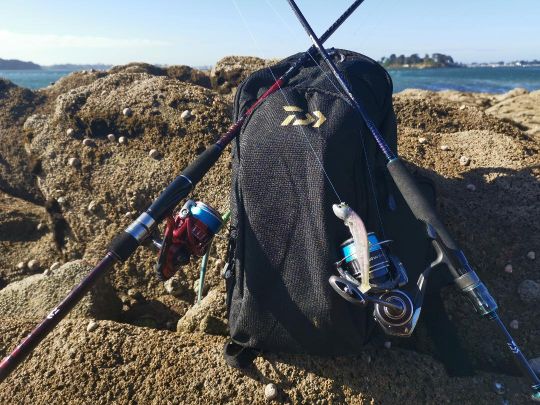
The reel
Second essential accessory after the choice of your fishing rod, the reel must be adapted to it and in adequacy with the type of fishing practiced. A reel that is too heavy will be a handicap.
Generally speaking, reels in the 3000 or 4000 size are the most used for practice from the shore because they combine a strong drag and a retrieve between 85 and 100 cm allowing to practice easily and efficiently the technique of casting and retrieving.
When making your choice, also consider the availability of parts and the responsiveness of the after-sales service in case of problems.

Braid and fluorocarbon
Choosing a well-made braid will have several advantages when practicing from the shore.
The 8-strand models offer an excellent glide due to the finer and more regular braiding, which allows you to increase the casting distance compared to a 4-strand model. In addition, the latter has a much higher diameter/resistance ratio than other models, which also allows the braid to "split" the water more easily.
The other criterion to take into account when choosing your braid will be its resistance to abrasion. From the shore, this one will undergo the repeated rubbings on the rocks and will tend to wear out prematurely. For this reason, a PE1 or PE1.2 braid in congested areas is an excellent choice.
The associated fluorocarbon should have a slightly lower resistance than the braid in order to be able to break at the lure and not at the connection knot in case of a hook on the bottom, but also resist to the abrasion of the rocks.
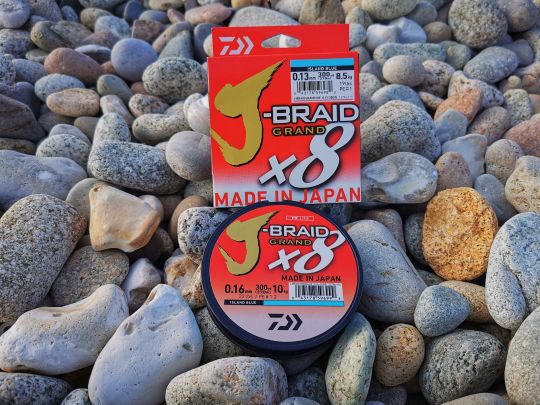
The choice of lures
Without a doubt the most complicated as the offer is so wide.
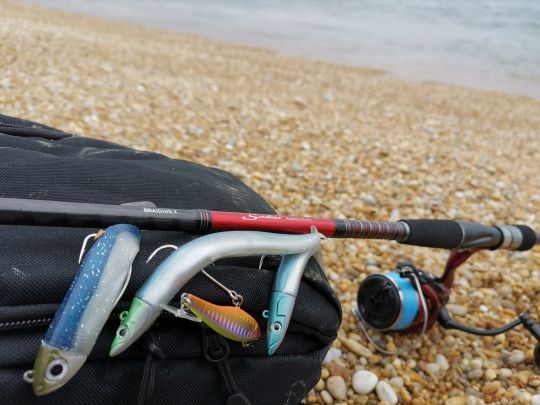
As always, these should be adapted to the season, the fishing area and the target species. When you make your box of lures to fish from the shore, especially if you are a beginner and have little experience on the effectiveness of the products, it is preferable to select a brand that offers the 3 main types of lures that are :
- The shads
- The slugs
- Metal lures
Fiiish offers you these 3 types of lures with the Black Minnow and Black Eel series which allow you to prospect the crowded places thanks to their Texas hooks.
For sandeel imitations, which are often found along the coast in the early season and remain among the favorite prey of bass, the Crazy line with the Crazy Sand Eel and the Crazy Paddle Tail are must-haves in your box.
To reach the distant hunts, the metal lures are adapted. The Power Tail will allow you to prospect the distant areas by casting and retrieving.
